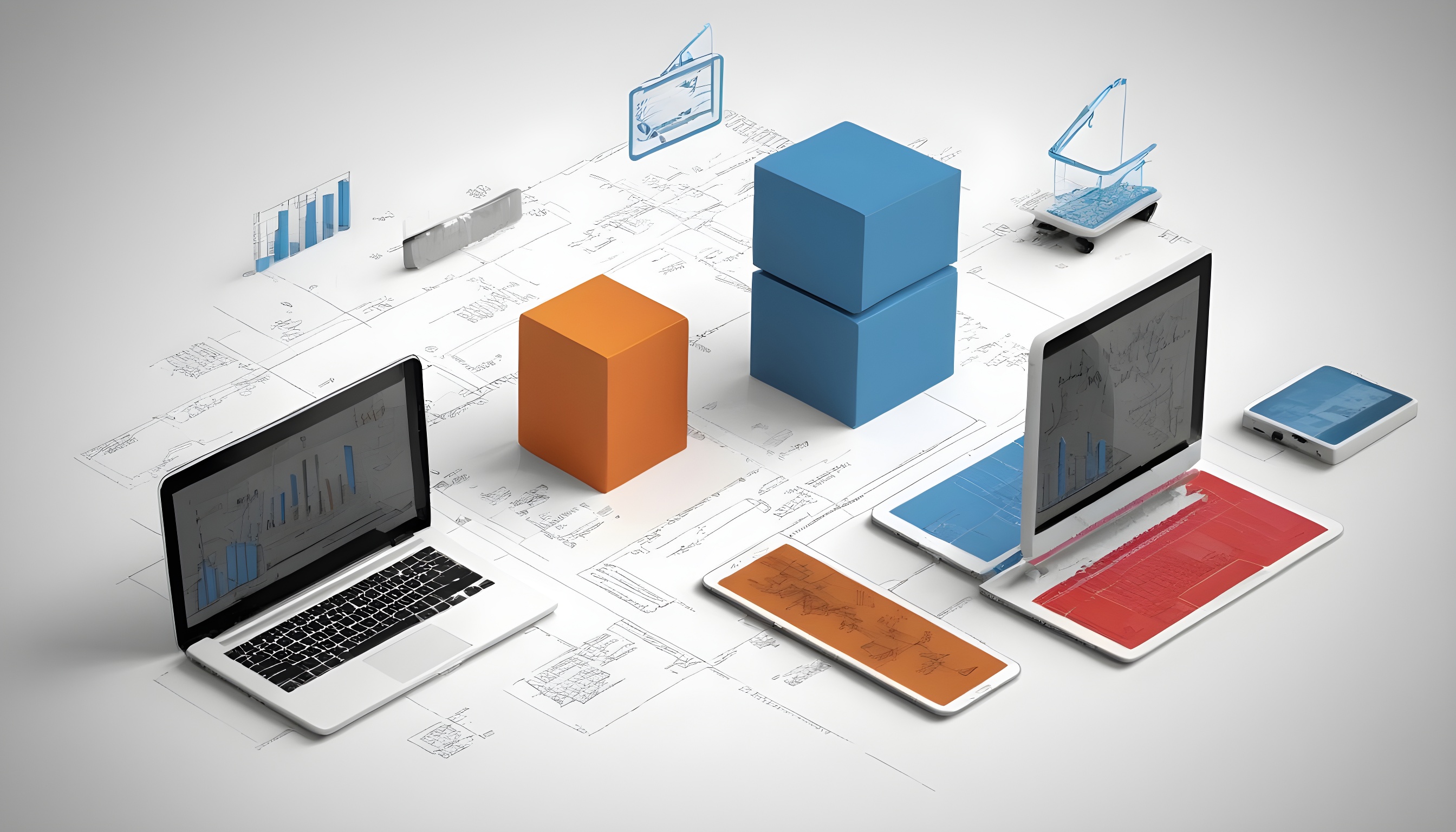Streamlining AP: Top Tips to Optimize Accounts Payables Processes
-
04 Mar, 2024
-
3 min read

When it comes to optimzing productivity, profits and resource utilization, efficiency is key. One area that demands careful attention is the management of Accounts Payables. As businesses grow, so does the complexity of financial transactions, making it crucial to adopt innovative solutions that can handle volume and complexity.
Cue Accounts Payable Automation – a system offering streamlined processes, reduced errors, and significant time and cost savings. In this post, we will explore the top tips to optimize your Accounts Payables processes using Accounts Payable Automation.
1. Centralize and Digitize Data
One of the primary advantages of Accounts Payable Automation is the ability to centralize and digitize data. Move away from traditional, paper or PDF-based invoices to a digital, data-based platform. This not only reduces the risk of document loss but also enables quick and easy retrieval of information, enhancing overall process efficiency.
2. Implement OCR Technology
In 2024, your teams should not be capturing supplier invoices manually. Instead this is where Optical Character Recognition (OCR) should come in.
With OCR technology, your team can automate the extraction of data from invoices and other financial documents, which significantly reduces the chances of manual errors. This technology enhances accuracy and accelerates the processing time, allowing your team to focus on more strategic tasks.
3. Utilize Electronic Approval Workflows
Automating approval workflows eliminates bottlenecks and accelerates the payment approval process. Electronic approval workflows allow stakeholders to review and approve invoices from anywhere, fostering collaboration amongst team members. This not only expedites the payment cycle but also enhances transparency and accountability in the Accounts Payable process.
4. Leverage Machine Learning for Invoice Matching
Integrate machine learning algorithms to automate the matching of purchase orders, invoices, and receipts. Machine learning can identify discrepancies and exceptions, flagging them for manual review while seamlessly processing straightforward transactions. This ensures accuracy in matching and prevents overpayments or missed payments.
5. Integrate with ERP Systems
Accounts Payable Automation becomes more effective when integrated with Enterprise Resource Planning (ERP) systems. Seamless integration allows for real-time updates and synchronization of financial data between Accounts Payable and other relevant departments. This integration enhances accuracy and provides a holistic view of the financial landscape.
6. Establish Robust Security Measures
Security is paramount when dealing with financial data. Ensure that your Accounts Payable Automation solution adheres to the highest security standards. Implement multi-factor authentication, encryption protocols, and regular security audits to safeguard sensitive financial information from potential threats.
7. Monitor and Analyze Key Performance Indicators (KPIs)
Continuous improvement is crucial for optimizing Accounts Payables processes. Regularly monitor KPIs such as processing time, error rates, and early payment discounts captured. Analyzing these metrics provides insights into areas that may need further refinement, enabling your organization to evolve and adapt its Accounts Payable Automation strategy.
Embrace AP Processes Automation with System1A
Interested in learning more? With System1A's best-in-class AP Automation module, AP teams can enhance their efficiency, reduce costs, mitigate the risk of errors in their financial processes and optimize their Accounts Payables processes.
Discover the power of AP automation with. Book a trial or demo to explore its capabilities.
Cue Accounts Payable Automation – a system offering streamlined processes, reduced errors, and significant time and cost savings. In this post, we will explore the top tips to optimize your Accounts Payables processes using Accounts Payable Automation.
1. Centralize and Digitize Data
One of the primary advantages of Accounts Payable Automation is the ability to centralize and digitize data. Move away from traditional, paper or PDF-based invoices to a digital, data-based platform. This not only reduces the risk of document loss but also enables quick and easy retrieval of information, enhancing overall process efficiency.
2. Implement OCR Technology
In 2024, your teams should not be capturing supplier invoices manually. Instead this is where Optical Character Recognition (OCR) should come in.
With OCR technology, your team can automate the extraction of data from invoices and other financial documents, which significantly reduces the chances of manual errors. This technology enhances accuracy and accelerates the processing time, allowing your team to focus on more strategic tasks.
3. Utilize Electronic Approval Workflows
Automating approval workflows eliminates bottlenecks and accelerates the payment approval process. Electronic approval workflows allow stakeholders to review and approve invoices from anywhere, fostering collaboration amongst team members. This not only expedites the payment cycle but also enhances transparency and accountability in the Accounts Payable process.
4. Leverage Machine Learning for Invoice Matching
Integrate machine learning algorithms to automate the matching of purchase orders, invoices, and receipts. Machine learning can identify discrepancies and exceptions, flagging them for manual review while seamlessly processing straightforward transactions. This ensures accuracy in matching and prevents overpayments or missed payments.
5. Integrate with ERP Systems
Accounts Payable Automation becomes more effective when integrated with Enterprise Resource Planning (ERP) systems. Seamless integration allows for real-time updates and synchronization of financial data between Accounts Payable and other relevant departments. This integration enhances accuracy and provides a holistic view of the financial landscape.
6. Establish Robust Security Measures
Security is paramount when dealing with financial data. Ensure that your Accounts Payable Automation solution adheres to the highest security standards. Implement multi-factor authentication, encryption protocols, and regular security audits to safeguard sensitive financial information from potential threats.
7. Monitor and Analyze Key Performance Indicators (KPIs)
Continuous improvement is crucial for optimizing Accounts Payables processes. Regularly monitor KPIs such as processing time, error rates, and early payment discounts captured. Analyzing these metrics provides insights into areas that may need further refinement, enabling your organization to evolve and adapt its Accounts Payable Automation strategy.
Embrace AP Processes Automation with System1A
Interested in learning more? With System1A's best-in-class AP Automation module, AP teams can enhance their efficiency, reduce costs, mitigate the risk of errors in their financial processes and optimize their Accounts Payables processes.
Discover the power of AP automation with. Book a trial or demo to explore its capabilities.
Related insights





